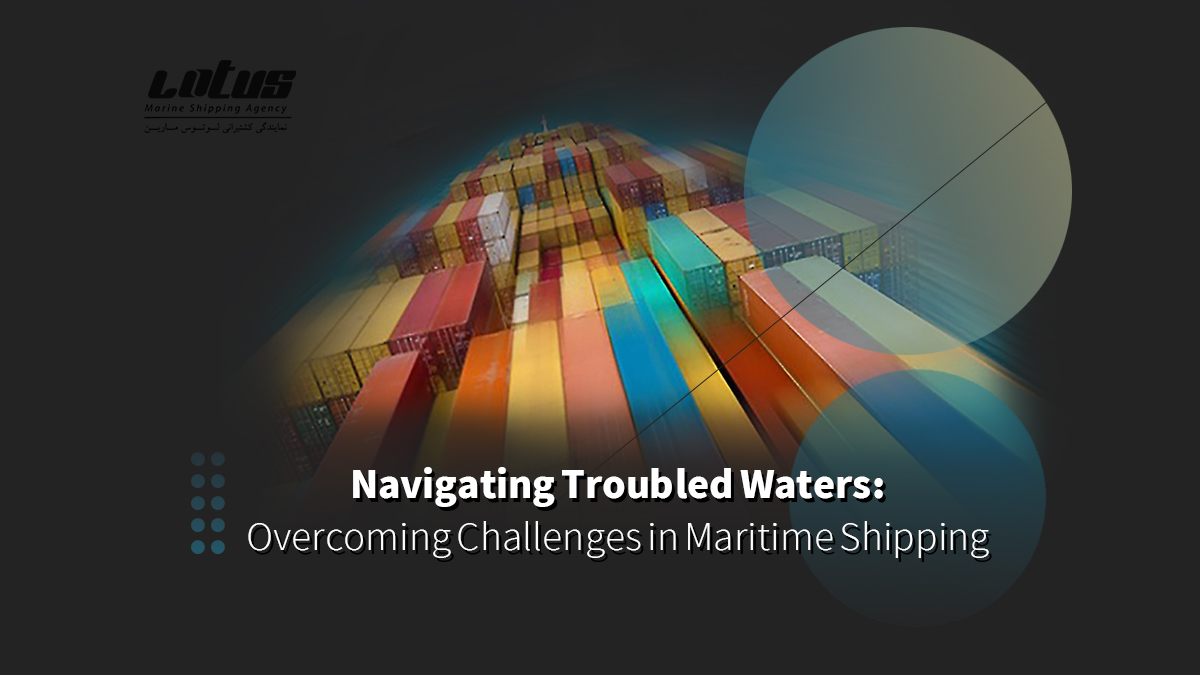Introduction
Maritime shipping stands as the backbone of global trade, facilitating the movement of goods across continents. Despite its critical role, the industry faces a plethora of challenges ranging from geopolitical tensions to environmental regulations. This article explores the significant hurdles within maritime shipping and delineates strategies to navigate these troubled waters effectively.
The Significance of Maritime Shipping
Economic Impact
Maritime shipping is the lifeline of the global economy, responsible for the transportation of over 80% of the world’s goods by volume. The efficiency and cost-effectiveness of sea freight make it indispensable for international trade.
Environmental Considerations
While maritime shipping is relatively eco-friendly compared to other modes of transport, it still contributes to environmental pollution. The industry is under increasing pressure to adopt greener practices and reduce its carbon footprint.
Common Challenges in Maritime Shipping
Geopolitical Tensions
The strategic routes and chokepoints essential for maritime shipping often become hotspots for geopolitical conflicts, affecting the safety and timing of shipments.
Piracy and Security Issues
Piracy remains a significant threat in certain areas, posing risks to crew safety and cargo security.
Environmental Regulations
Stringent environmental regulations require the industry to invest in cleaner energy sources and technologies, impacting operational costs.
Logistics and Supply Chain Disruptions
Unforeseen events, such as the COVID-19 pandemic, have highlighted vulnerabilities in logistics and supply chains, causing delays and financial losses.
Strategies for Overcoming Challenges
Investing in Technology
Technological advancements, including AI and blockchain, can enhance route planning, security, and efficiency in maritime shipping.
Enhancing Security Measures
Investing in security measures and international cooperation can mitigate risks associated with piracy and geopolitical tensions.
Building Resilient Supply Chains
Diversifying supply chains and developing contingency plans can help the industry withstand disruptions.
Adapting to Environmental Regulations
Investing in sustainable practices and cleaner fuels will not only comply with regulations but also contribute to the industry’s long-term viability.
Case Studies of Success
Innovative Shipping Solutions
Several companies have successfully implemented advanced technologies to improve efficiency and reduce environmental impact.
Collaboration and Partnerships
Strategic partnerships between shipping companies, governments, and technology providers have led to significant advancements in overcoming industry challenges.
The Future of Maritime Shipping
The maritime shipping industry is at a crossroads, facing significant challenges but also opportunities for innovation and improvement. By embracing change and investing in the future, the industry can continue to serve as the cornerstone of global trade.
Conclusion
Navigating the troubled waters of maritime shipping requires a multifaceted approach, including technological innovation, security enhancement, and environmental stewardship. By addressing these challenges head-on, the industry can ensure its resilience and continue to facilitate global trade.
FAQs
- What percentage of global trade is transported by maritime shipping?
- How do geopolitical tensions affect maritime shipping?
- What are the primary environmental concerns for the maritime shipping industry?
- How can technology improve maritime shipping?
- What steps can be taken to make supply chains more resilient?

